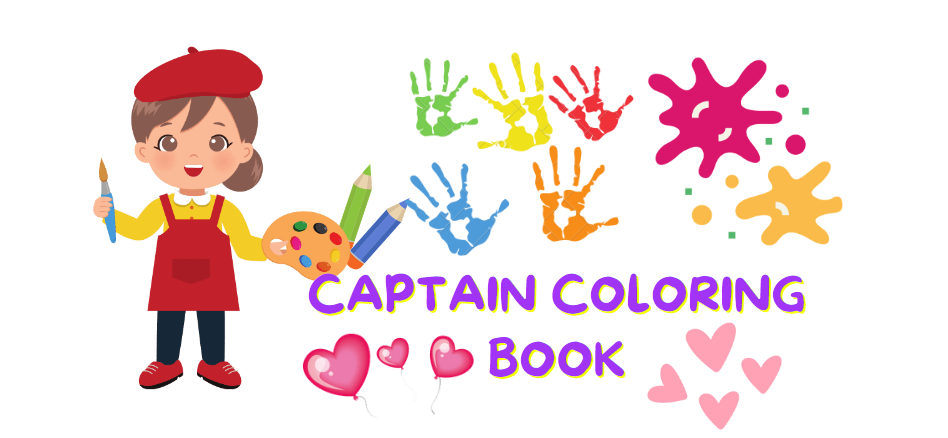25 pairs of matching cards
- 13 pairs: "I can"
- 12 pairs: "I am"
(the last page is an image for the back of the cards)
Students match the pictures to the sentences.
GO FISH (play in groups of 3-5)
Deal 5 or 7 cards to each student. Put the remaining cards facedown in a stack in the middle of the group.
First, each student removes any pairs in their pack and makes a pile for their matching cards.
Then students decide who plays first (rock, paper, scissors).
Students will now ask each other questions to get new cards to make as many pairs as possible.
The first student chooses ANY other student to try to get a card from.
The student must use the picture or sentence on their card to make a question.
QUESTION FORMAT:
Can you *verb* *noun*? OR
Are you *adjective*?
For e.g. "I can speak Chinese" -> Can you speak Chinese?
"I am hungry" -> Are you hungry?
If the student has the matching card, they answer [Yes I can / Yes I am], and gives the student the card.
The first student will take the card and add that matching pair to his pile.
If the student does not have the matching card, they answer [No I can't / No I'm not].
The first student will take a new card from the stack in the middle.
If the new card makes a pair, the student adds that matching pair to his pile.
Then the play moves to the next student, and so on.
The GOAL is to make as many pairs as possible (not to finish first). So if a student runs out of cards, he will take a new card from the stack in the middle to continue play.
The key is to listen carefully to everyone's questions because that will tell you which cards they have, so you know who to ask when it's your turn.
You can also use these cards for Memory, Karuta, or any number of activities. For example, have students change tenses, or change subjects, etc.





0 yorum :
Post a Comment